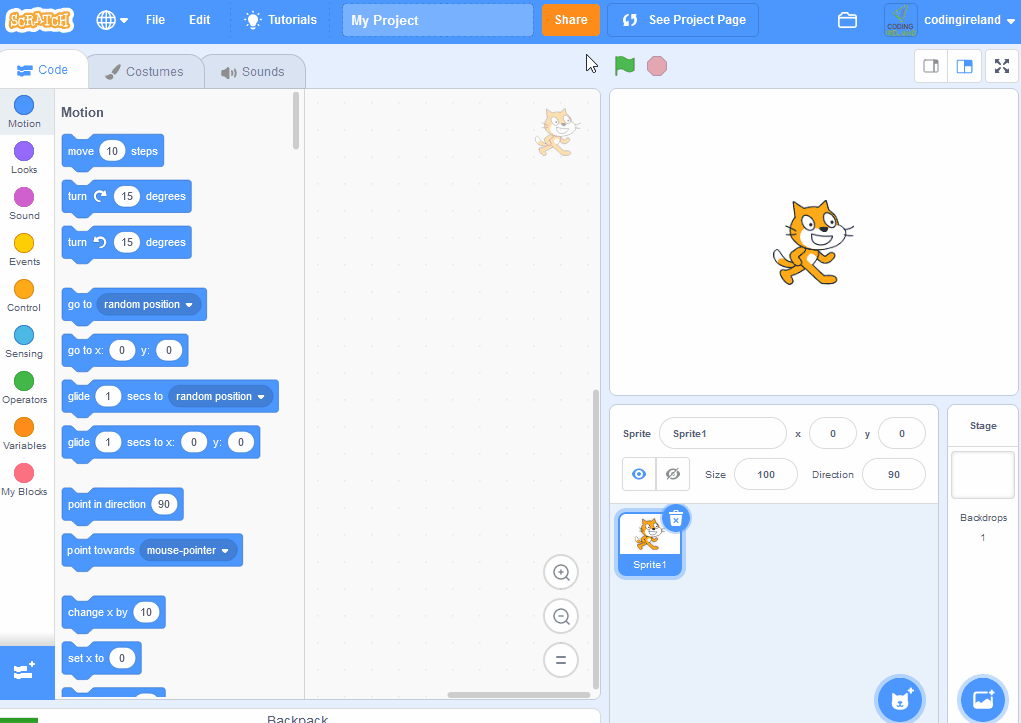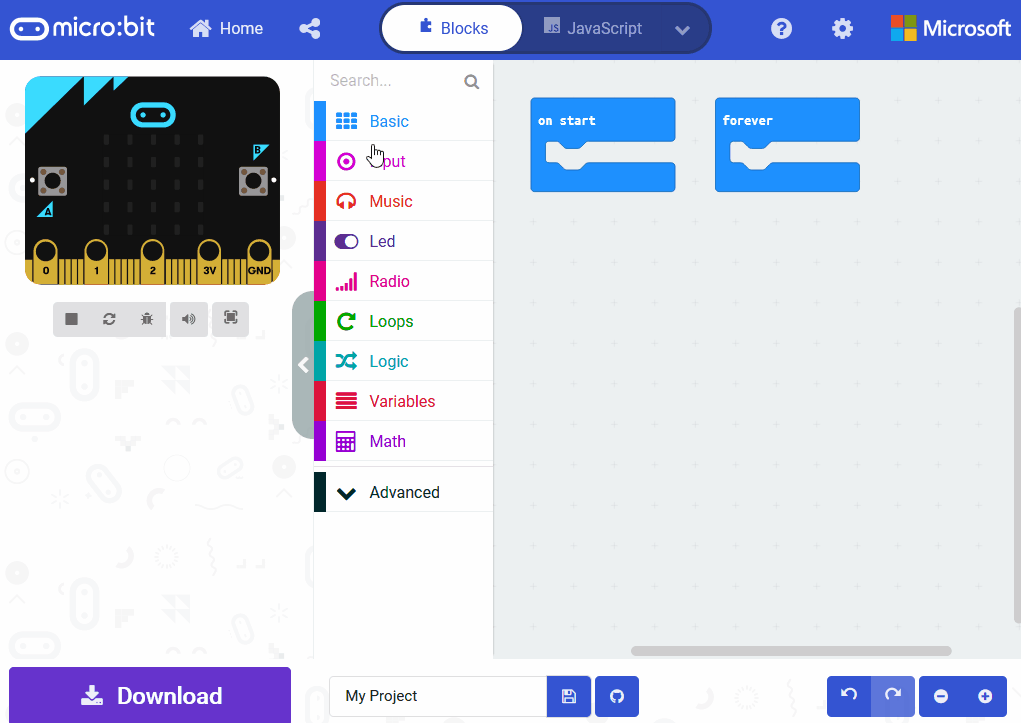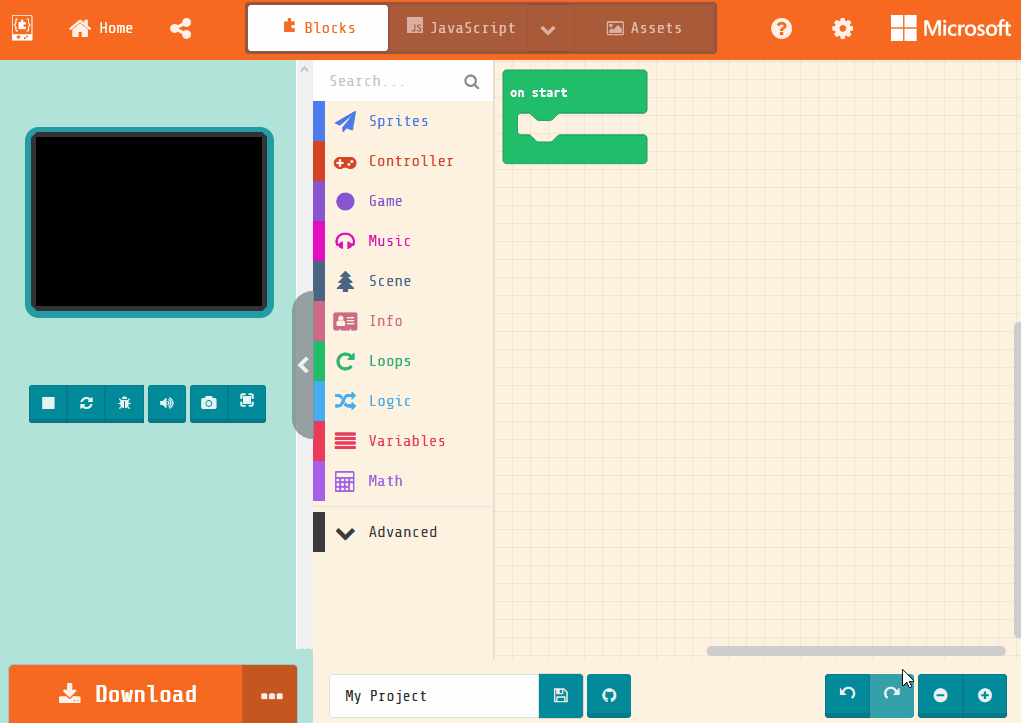Future of robotics
In this lesson, we'll explore the exciting possibilities of the future of robotics. We'll learn about advancements in artificial intelligence, the promise of human-robot collaboration, and biologically inspired designs. We'll also consider the role of robots in space exploration and ethical considerations related to their use. By the end of the lesson, we'll have a better understanding of how robots will continue to transform the way we live and work in the future.
 Chromebooks, laptops, and PCs are crucial tools for coding and digital skills education. Chromebooks are ideal for web-based applications and collaborative projects, while laptops and PCs support a wider range of programming environments and software for more intensive tasks like software development and data analysis.
Chromebooks, laptops, and PCs are crucial tools for coding and digital skills education. Chromebooks are ideal for web-based applications and collaborative projects, while laptops and PCs support a wider range of programming environments and software for more intensive tasks like software development and data analysis.







